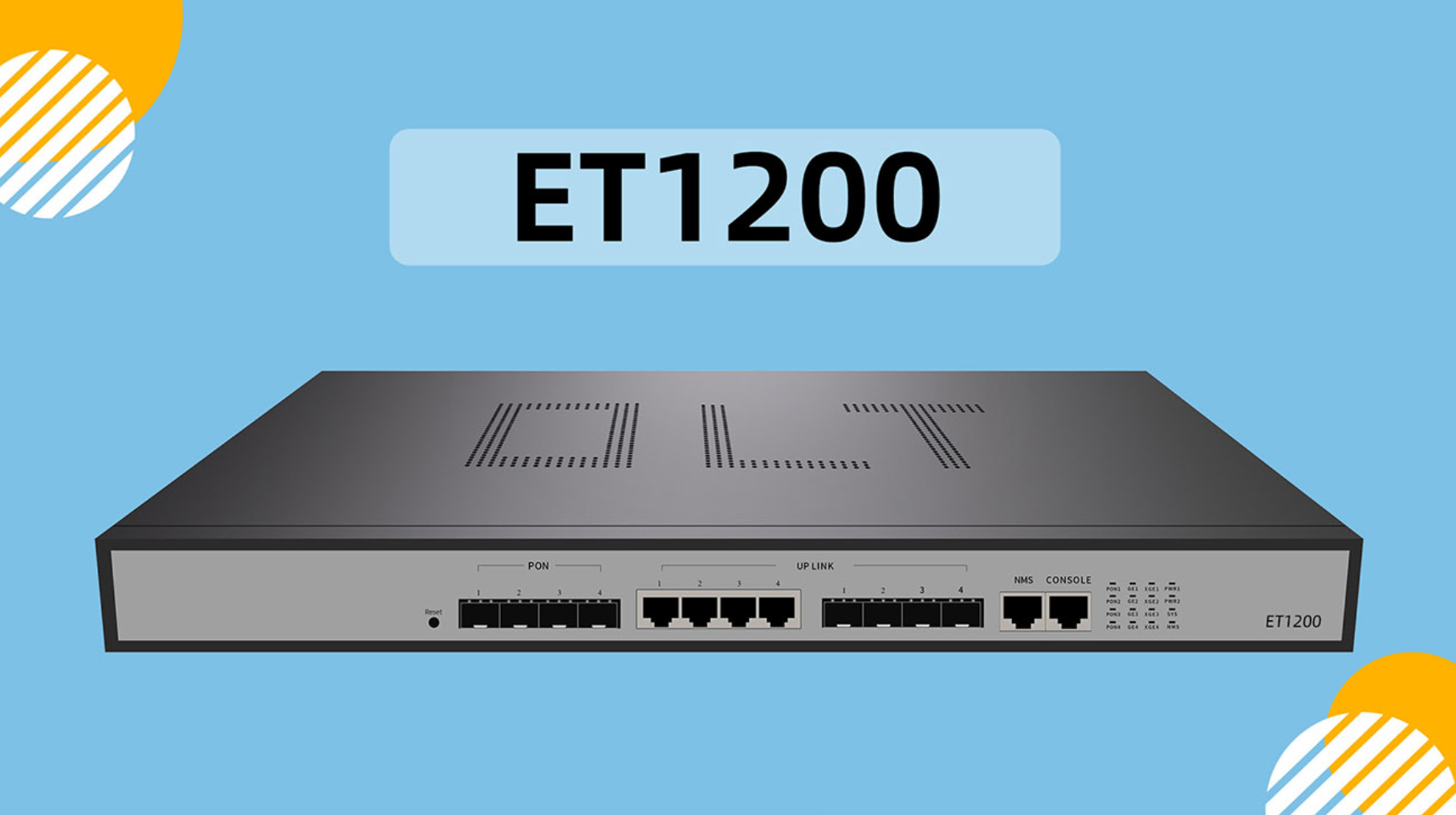
Optical line terminal (OLT) devices play a crucial role in passive optical networks (PONs). As the central component that connects multiple optical network terminals (ONTs), OLTs manage downstream and upstream data transmission. However, various issues can arise with OLT devices. Here are some of the most common problems.
One prevalent issue with OLTs is power supply failures. The power supply unit converts AC voltage into stable DC voltage to power all the modules and components in an OLT system. However, the power supply can malfunction and stop delivering electricity due to faulty capacitors, fuses, or converters. This causes the entire OLT device to shut down since it relies entirely on the power supply.
Power supply failures can be caused by power surges, electrical shorts, component wear and tear, or manufacturing defects. Troubleshooting involves checking voltage inputs and outputs, continuity of circuits, and physical condition of components. Replacing damaged parts or the whole power supply unit typically resolves the issue.
GPON (gigabit passive optical network) modules enable OLTs to convert electrical signals into optical signals for transmission over fiber optic lines. They contain lasers to generate light signals and photodetectors to receive them. Faulty or damaged GPON modules lead to connectivity problems between the OLT and connected ONTs.
Typical problems with GPON modules include output power degradation, laser failure, and receive sensitivity issues. This can prevent successful upstream and downstream optical transmission. The OLT will register GPON module faults, prompting replacement of the defective module. Proper handling and installation procedures help prevent GPON module issues.
Insufficient cooling can cause OLT devices to overheat during operation. OLTs contain many densely packed electronic components that generate substantial heat. Without adequate ventilation and cooling mechanisms, temperatures can exceed safe operating limits.
Signs of OLT overheating include random reboots, throttled speeds, and abnormal behavior. Overheating accelerates component failure over time. Solutions include inspecting and cleaning dust-clogged fans and heatsinks, upgrading to higher capacity fans, repositioning devices for better airflow, and lowering ambient temperatures. Thermal monitoring and shutdown safeguards prevent permanent damage.
Bugs in OLT firmware can lead to glitches like connection drops, authentication failures, incorrect configurations, frozen interfaces, and suboptimal performance. Vendors regularly release firmware updates to fix bugs and add features. However, failure to properly upgrade firmware leaves OLTs running unstable or outdated code.
Downgrading to an earlier stable firmware version may resolve firmware-related issues temporarily. Ultimately, upgrading to the latest firmware tailored for the specific OLT model provides the best solution. Careful testing is vital before deploying firmware upgrades on production network OLTs.
OLTs may encounter connectivity and authentication problems with certain ONT models even though the same PON protocol is used. OLT firmware is designed and optimized for specific ONT models. Interoperability issues arise when incompatible ONT models are connected.
ONT compatibility must be verified before deployment. OLT firmware upgrades that expand device support may be required. ONT firmware may also need upgrading to maintain synchronized protocol compatibility with the OLT. As a last resort, incompatible ONT models must be replaced.
In summary, OLTs are vulnerable to power supply failure, defective pluggable modules, overheating, firmware bugs, and ONT incompatibility. Technicians should be well-versed in troubleshooting and resolving these common OLT issues to maintain optimal network availability and performance. Proper maintenance and upgrades prevent many problems.